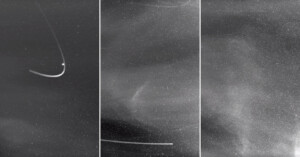
NASA’s Parker Solar Probe Photographs its Journey Through a Solar Storm
NASA's Parker Solar Probe, the first spacecraft to "touch the Sun," sailed directly through a coronal mass ejection (CME).

NASA's Parker Solar Probe, the first spacecraft to "touch the Sun," sailed directly through a coronal mass ejection (CME).
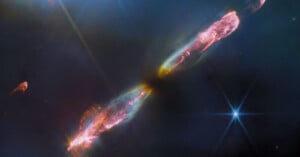
The James Webb Space Telescope (JWST) has captured an image of Herbig-Haro 211 that is an "infantile analog" of the Sun when it was just a baby star with a mass of about one-twelfth the present-day Sun.
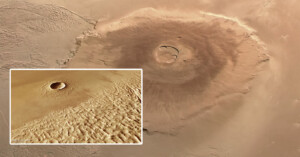
The European Space Agency (ESA) has released new photos captured by the Mars Express satellite that show evidence of landslides and a turbulent past around the most imposing volcano in the Solar system: Olympus Mons.
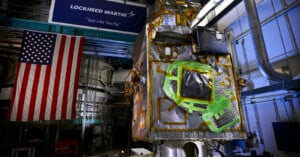
NASA's Lunar Trailblazer satellite has been equipped with a new Thermal Mapper instrument that was developed by scientists at Oxford and will play an important role in the satellite's goal of searching for signs of water on the Moon.
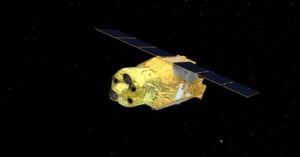
Like all cameras, the sophisticated imaging instruments used in telescopes detect wavelengths of light. While some telescopes see in visible light, as human eyes do, others work in wavelengths that people cannot see.
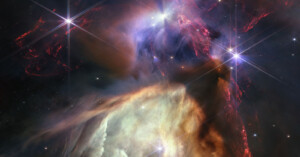
The James Webb Space Telescope YouTube channel released a fascinating new video this week that explains how Space Telescope Science Institute (STScI) science visuals developers Joe DePasquale and Alyssa Pagan transform Webb's black-and-white image data into full-color composites.
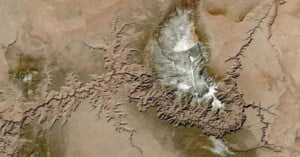
IBM and NASA have teamed up to develop an open-source, geospatial foundational model that will enable researchers and scientists to utilize artificial intelligence (AI) to track the effects of climate change, monitor deforestation, predict crop yields, and analyze greenhouse gas emissions.
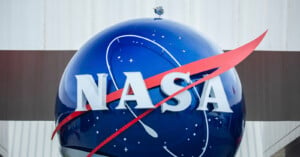
NASA is launching its very own on-demand streaming platform. Called NASA+, it will incorporate all of the live broadcasts it already does but will also show original documentaries.
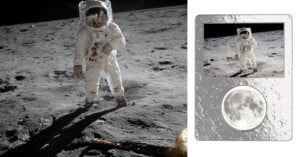
Melania Trump's latest NFT drop that celebrates the Apollo 11 lunar landing prominently uses a photo from NASA's archives, which is a violation of the space agency's image usage rules.
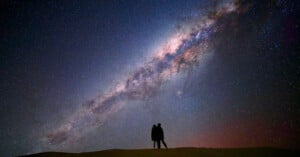
NASA has released a guide to the night sky this July pointing out which celestial objects will be prominent and highlighting that it is one of the best times of year to capture the Milky Way Galaxy.
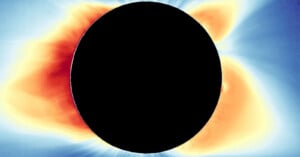
The total solar eclipse that will shroud areas from Texas to Maine in darkness next April will be the last time to catch such an event in the contiguous U.S. until 2044. NASA wants to ensure that researchers are prepared to perform experiments during the event, and has announced funding for five interdisciplinary science experiments.
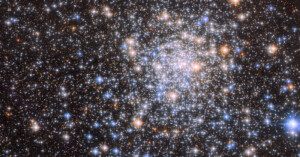
A newly released photo captured by the Hubble Space Telescope shows off a spectacular cluster teeming with bright, glittering stars that is available in greater than 4K resolution.
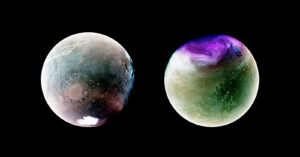
The Mars Atmosphere and Volatile EvolutioN (MAVEN) orbiter has captured some incredible ultraviolet images of the Red Planet taken at two different points along its orbit around the Sun.
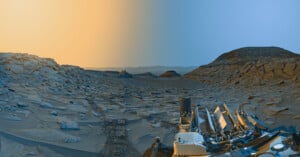
Earlier this week, NASA shared an incredible time-blended composite panorama its team captured with Curiosity's navigation camera. PetaPixel spoke with Doug Ellison from NASA's Jet Propulsion Laboratory (JPL) in southern California, the man who planned, captured, and processed the photos to make the "postcard."
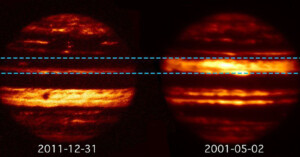
Much to the chagrin of tigers everywhere, Jupiter can change its stripes, although an explanation of how the gas giant changes its colors and famous "stripes" has long evaded scientists. Researchers at the University of Leeds in England believe they've found the answer and can explain why the bands on Jupiter move and change.
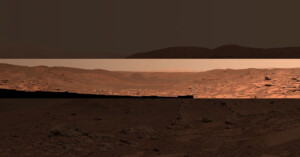
NASA's Perseverance Mars rover recently captured a series of 152 images while investigating the Belva Crater which NASA has stitched into a dramatic and striking mosaic.
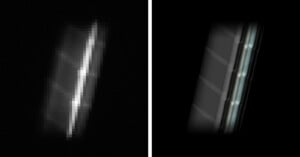
ShadowCam recently grabbed a stunning shot of NASA's Lunar Reconnaissance Orbiter as it orbited below KPLO.
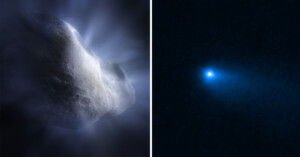
NASA's James Webb Space Telescope has helped scientists achieve another breakthrough. Solar system scientists working to understand the origins of Earth's abundant water have used Webb's Near-Infrared Spectrograph (NIRSpec) instrument to confirm water vapor around a comet in the main asteroid belt for the first time.
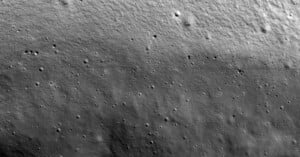
NASA has released incredible new images of the shadowy region of the Moon's south pole. The detailed photos were captured by NASA's impressive ShadowCam instrument.
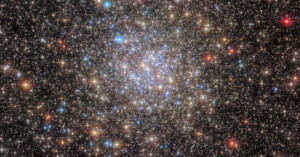
NASA has released a guide to the night sky for May with the main opportunities for astrophotographers coming from planets rising in proximity to the Moon.
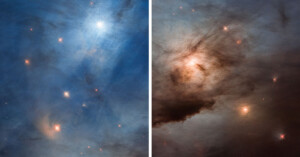
The Hubble Space Telescope is celebrating its 33rd year in orbit around Earth. To celebrate this incredible milestone, the Hubble team has released an incredible photo of a nearby star-forming region, NGC 1333.
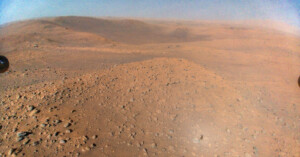
During its 51st flight, NASA's Mars Ingenuity helicopter snapped a striking shot of Mars, showing an apparent blue sky -- a far cry from the typical dusty, dull sky seen from Mars' surface -- and captured a special guest in the frame, the Mars Perseverance rover.
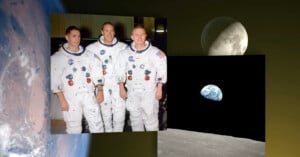
Apollo 8, the first crewed mission to the moon, entered lunar orbit on Christmas Eve, December 24, 1968. As the Apollo 8 crew members Frank Borman, James Lovell, and William (Bill) Anders orbited the moon aboard the spacecraft, Anders spotted and captured Earthrise, one of the most iconic space photos ever made.
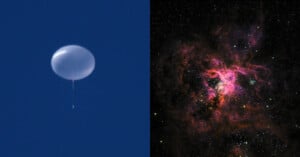
The Super Pressure Balloon Imaging Telescope (SuperBIT) was recently carried about 20.5 miles (32.9 kilometers) above Earth's surface on a massive NASA helium balloon, capturing the balloon-based telescope's first research images.

Multiple cameras picked up a massive flash of light over Ukraine last night with no clear explanation as to what it was.
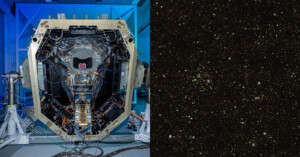
NASA's Nancy Grace Roman Space Telescope (NGRST or Roman) will feature two primary instruments, a 300.8-megapixel infrared Wide Field Instrument (WFI) and a Coronagraph designed for studying faint objects, when it launches in 2027. The NASA Goddard team recently installed a vital subsystem for the space telescope's Wide Field Instrument.
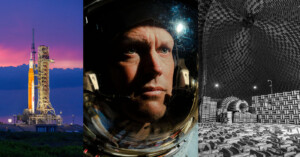
NASA has announced the winners of its fifth annual Photographer of the Year awards. The winning photos showcase NASA's people, places, and projects, as captured by NASA's talented photographers.
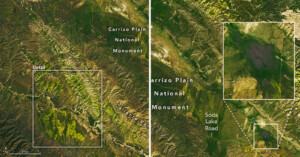
Southern California’s superblooms look absolutely stunning from space right now, and it's likely to get even more spectacular in the coming weeks.
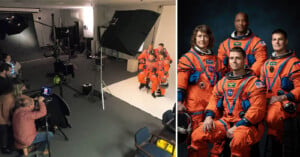
Last week, NASA revealed the four astronauts embarking on the Artemis II mission. It's a momentous mission for NASA and humanity because Artemis II will be the first time since Apollo 17 in 1972 that a crewed spacecraft will travel to the Moon and beyond low Earth orbit.
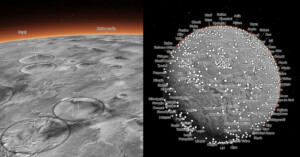
A group at Caltech's Bruce Murray Laboratory for Planetary Visualization has unveiled a 5.7-terapixel global image of Mars.